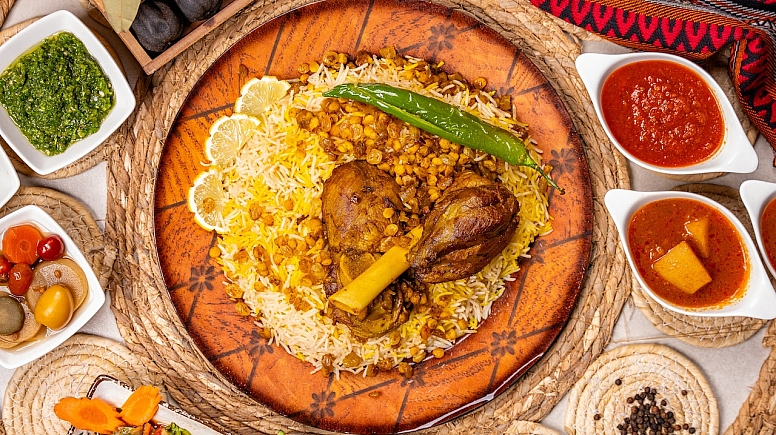
Umrah: The Delectable Culinary Delights You Will Find on Your Spiritual Journey
Umrah, the sacred pilgrimage to the holy cities of Mecca and Medina, is a profoundly spiritual and life-changing experience for Muslims worldwide. While the primary purpose of this journey is spiritual, it also provides a unique opportunity to savour the diverse and delectable cuisine of the Arabian Peninsula.
The culinary landscape of Saudi Arabia is rich and varied, offering an array of flavours and dishes that reflect the country's cultural heritage. Let's shed some light on some of the mouthwatering food you can expect to indulge in during your Umrah journey.
Dates and Arabic Coffee (Gahwa)

As you begin your Umrah journey, you'll likely be greeted with the warm hospitality of the local people. A traditional welcome often includes a serving of dates and Arabic coffee, known as Gahwa. Dates are not only a symbol of Arabian hospitality but also a nutritious snack that provides a quick energy boost. Gahwa is a fragrant, cardamom-infused coffee that perfectly complements the sweetness of the dates, making it a delightful way to start your pilgrimage.
Mandi
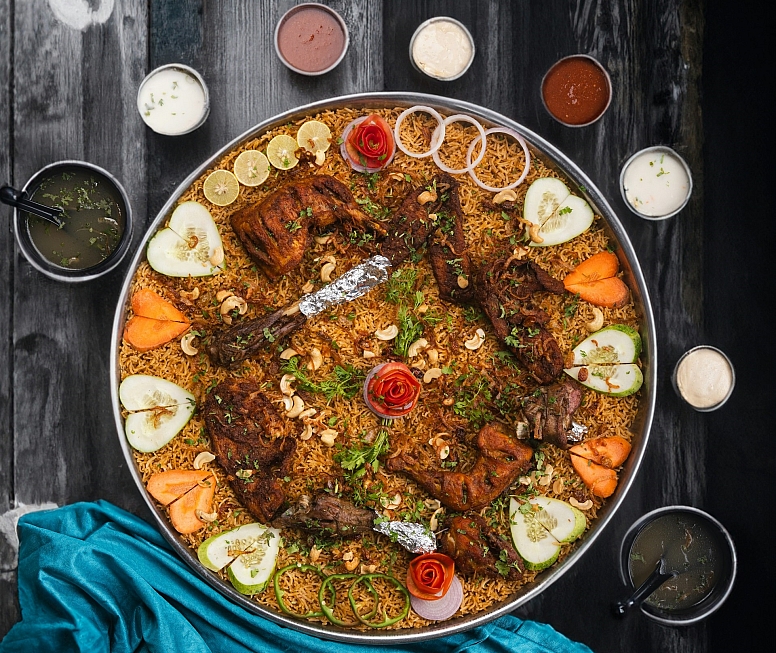
Mandi is a mouthwatering traditional Saudi dish that features tender, slow-cooked meat, usually lamb or chicken, served on a bed of fragrant basmati rice. The flavours are elevated with a blend of aromatic spices, including cloves, cardamom, and cinnamon. The dish is traditionally cooked in a tandoor-like oven underground, which imparts a unique smoky flavour to the meat and rice. Mandi is a must-try for anyone visiting Saudi Arabia for Umrah.
Kabsa
Kabsa is another beloved Saudi dish that varies in preparation from region to region. It typically consists of spiced rice with tender chunks of meat, often chicken or lamb, accompanied by a flavourful tomato sauce. The aromatic spices used in Kabsa, such as saffron, cinnamon, and black lime, make it a memorable and satisfying meal.
Shawarma
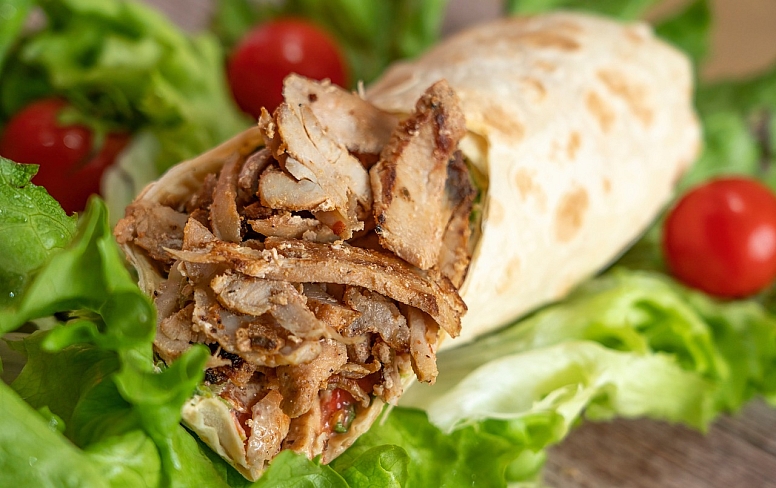
While Shawarma may have originated in the Levant region, it has become a popular street food across Saudi Arabia. Thinly sliced marinated meat, often chicken or beef, is stacked on a vertical rotisserie and slowly cooked. The meat is then shaved off and served on warm pita bread or flatbread, garnished with fresh vegetables, tahini sauce, and sometimes pickles. Shawarma is a quick and delicious option for a hearty meal during your Umrah journey.
Falafel
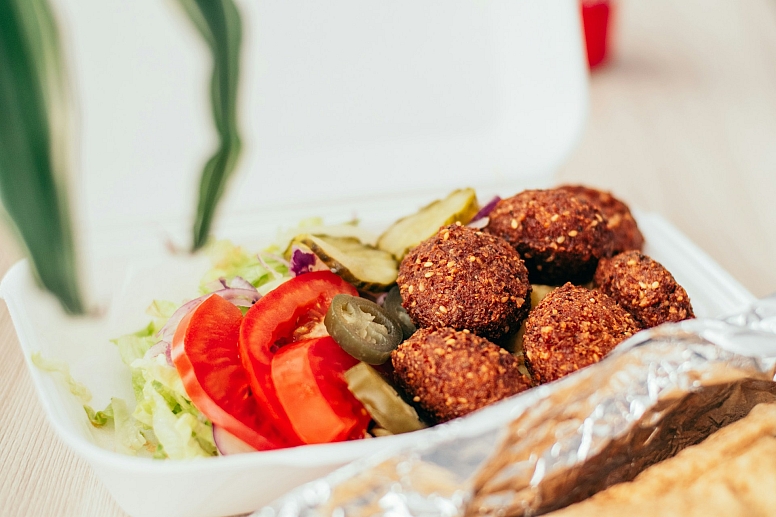
Falafel, deep-fried balls or patties made from ground chickpeas or fava beans, is a vegetarian delight that can be found throughout the Arabian Peninsula. These crispy and flavourful morsels are often served on pita bread with a variety of toppings and sauces, making them a popular and satisfying street food option for both locals and pilgrims.
Jareesh
Jareesh is a traditional Saudi dish made from crushed wheat, which is fermented, dried, and then rehydrated before being cooked with either chicken or lamb. The result is a porridge-like dish with a unique texture and a hearty, earthy flavour. Jareesh is a beloved comfort food in Saudi Arabia and is often enjoyed during gatherings with family and friends.
While Umrah is primarily a spiritual journey, the culinary experiences you encounter along the way can be equally enriching. Saudi Arabia's rich culinary heritage offers a diverse range of flavours and dishes that will leave a lasting impression on your palate.
From the sweet welcome of dates and Arabic coffee to the savoury delights of Mandi, Kabsa, Shawarma, Falafel, and Jareesh, your Umrah journey promises to be a gastronomic adventure like no other. Be sure to savour these delectable dishes and embrace the warmth and hospitality of the local people, making your pilgrimage truly unforgettable. Here are some more things to try while in Saudi Arabia for Hajj or Umrah.
Al-Harees
Al-Harees is a unique dish often prepared during special occasions and festivals in Saudi Arabia, including Ramadan and Eid. It consists of wheat and meat, typically chicken or lamb, cooked together over an extended period. The result is a smooth, porridge-like consistency with a rich, hearty flavour. Al-Harees is slow-cooked in clay pots, allowing the wheat and meat to meld together, creating a dish that is both filling and comforting.
Samboosa (Samosa)
Samboosa, the Saudi Arabian version of the popular samosa, is a beloved snack enjoyed by locals and visitors alike. These crispy, triangular pastries are usually filled with a mixture of spiced meat, vegetables, and sometimes lentils. Samboosa makes for an excellent street food snack or a delightful appetizer to share with friends and family.
Jallab
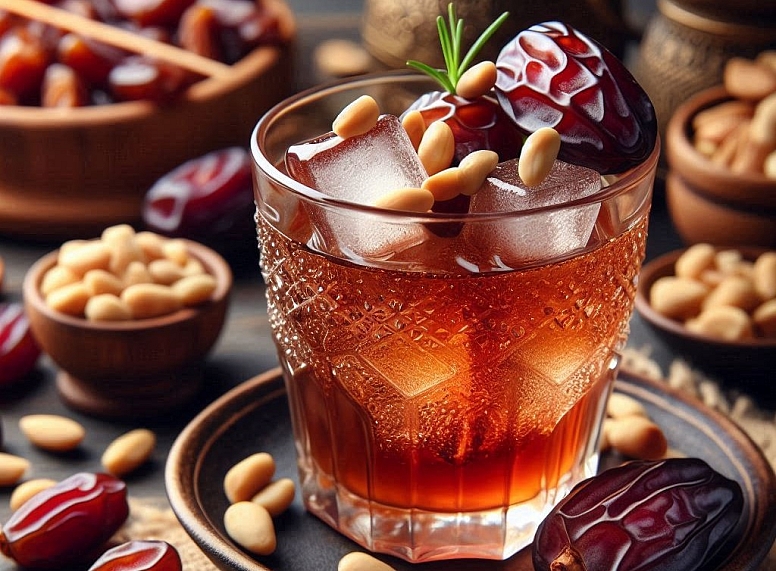
When it's time to quench your thirst, try a glass of Jallab. This refreshing drink is made from dates, grape molasses, and rosewater, creating a sweet and fragrant beverage. Jallab is often served over ice and garnished with pine nuts and raisins, making it a perfect choice to cool down after a day of pilgrimage.
Kunafa
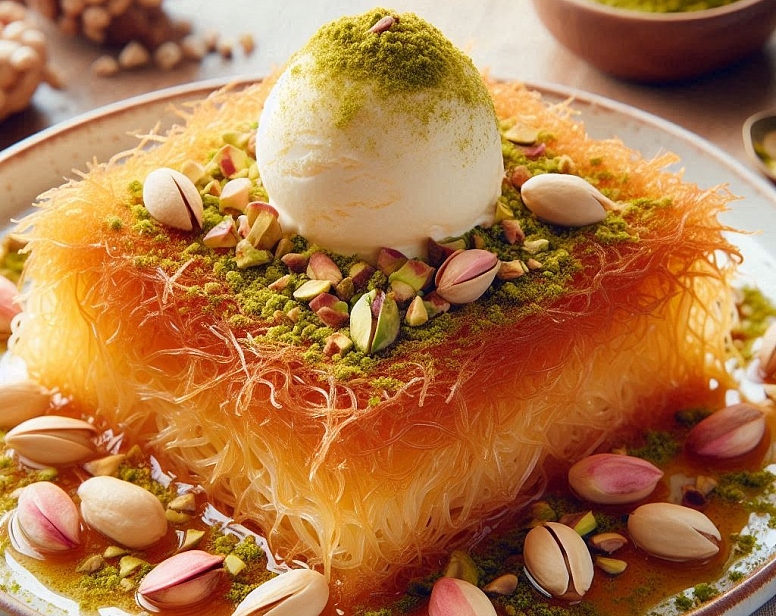
Kunafa is a delectable dessert that you must try during your Umrah journey. This sweet treat is made from thin strands of semolina dough or shredded phyllo pastry, layered with a creamy filling, often flavoured with rosewater or orange blossom water. Once baked to golden perfection, it is soaked in a sugary syrup, creating a heavenly combination of textures and flavours. Kunafa comes in various shapes and sizes, and it's a favourite dessert for celebrations and gatherings.
Ma'amoul

Ma'amoul are delicate, shortbread-like cookies stuffed with a variety of fillings, such as dates, nuts, or figs. These intricately shaped pastries are a delightful way to end a meal or enjoy a cup of Arabic coffee. Ma'amoul is particularly popular during Eid celebrations, but you can find them in sweet shops and bakeries year-round.
Street Food and Fast Food Restaurants
In addition to the rich and diverse traditional cuisine, the holy cities of Mecca and Medina also offer a variety of fast food brands and restaurants to cater to the diverse tastes and preferences of visitors. Here are some notable fast food brands and dining options you might encounter during your Umrah journey:
Al Baik: Al Baik is a renowned fast-food chain originating from Saudi Arabia, and it's particularly famous for its crispy fried chicken. Their secret blend of spices gives their chicken a unique and addictive flavour. Al Baik restaurants are a common sight in the region, and you can enjoy their delicious chicken, seafood, and side dishes.
Local Shawarma, Falafel, and Matabak Stalls: While international fast food is available, don't miss the opportunity to try local street food vendors offering delicious shawarma, falafel, and Matabak, along with other specialities made with Middle Eastern ingredients. These stalls can be found throughout the cities, especially near popular pilgrimage sites.
Matabak, in particular, is a savoury pastry filled with a mixture of cheese, eggs, and herbs, making it a delightful and flavourful snack or meal option that you should definitely explore during your Umrah journey. These local stalls provide a taste of authentic Arabian street food and are a favourite among both locals and tourists.
Luxury Dining
In addition to fast food, Mecca and Medina also boast a range of high-end restaurants, many of which serve international and Arabic cuisine in elegant settings. These upscale dining establishments cater to a more luxurious dining experience:
Mecca
Al-Ferdous Roof Restaurant: This restaurant is known for its elegant rooftop setting with panoramic views of the Holy Kaaba. It offers a diverse menu, including Arabic, international, and seafood dishes.
Al Khayala Restaurant: Situated within the Abraj Al Bait Towers complex, this restaurant offers a luxurious ambience and serves a range of Arabian and international cuisine.
Al Majlis Al Hareeri: Located in the Clock Royal Tower (Abraj Al Bait), this upscale dining spot provides a refined atmosphere and an extensive menu with a focus on Middle Eastern and international dishes.
Medina
Dar Al Tawhid Intercontinental Madinah Restaurants: This luxury hotel in Medina houses several high-end dining options, including a Lebanese restaurant, an all-day dining restaurant with international cuisine, and a tea lounge.
Al Shurfa Restaurant: Situated in the Madinah Hilton, this restaurant offers fine dining with Arabian and international dishes, along with views of the Prophet's Mosque.
The Oberoi Restaurant: Part of The Oberoi Hotel in Medina, this restaurant is known for its opulent setting and menu that combines Arabian and international flavours.
It's important to note that dietary options and preferences can vary, so you'll have plenty of choices to satisfy your hunger while on your Umrah journey. Whether you're looking for a quick bite on the go or a sit-down meal, you'll find a wide range of dining options to suit your tastes.
As you embark on your spiritual journey of Umrah, don't forget to explore the diverse and mouthwatering cuisine that Saudi Arabia has to offer. From savoury dishes like Mandi and Kabsa to sweet delights like Kunafa and Ma'amoul, the culinary landscape of this region is sure to leave a lasting impression.
These flavours and dishes not only nourish the body but also provide a deeper connection to the rich culture and traditions of Saudi Arabia. Enjoy your Umrah pilgrimage, and may your culinary experiences give you the strength to fulfil your spiritual ones.

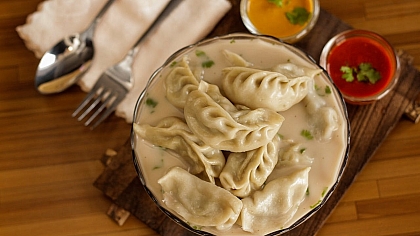
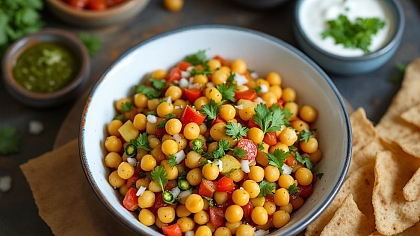


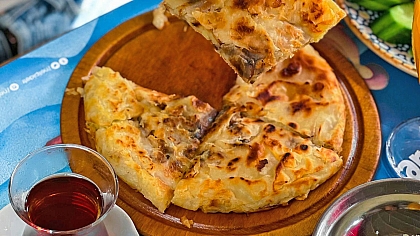
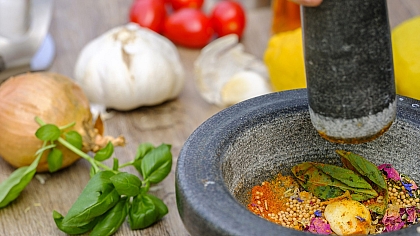
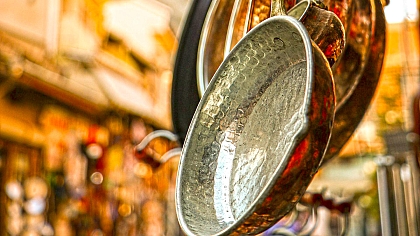
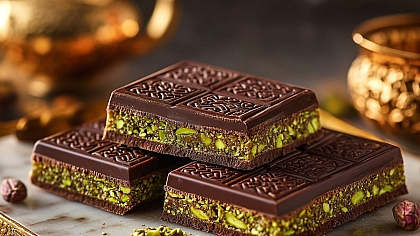
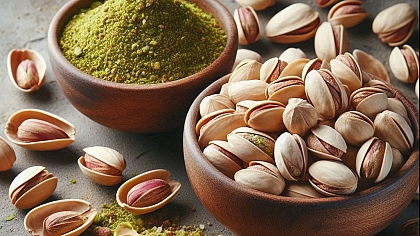


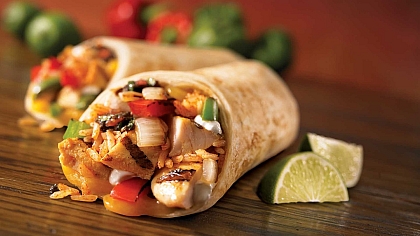
COMMENTS
The article beautifully highlights the diverse and rich culinary heritage of Saudi Arabia, offering an immersive experience for Umrah pilgrims. From a technical perspective, the fusion of spices in dishes like Kabsa and Mandi demonstrates a deep understanding of balancing flavors—aromatic spices such as saffron, cardamom, and cinnamon are key in enhancing the umami taste while maintaining the authenticity of the region's cuisine. Additionally, the slow cooking techniques used in Mandi, particularly the underground tandoor method, are not only traditional but also essential for imparting that smoky depth to the meat and rice. These culinary practices reflect both cultural and technical mastery, providing a truly enriching gastronomic experience during the spiritual journey.